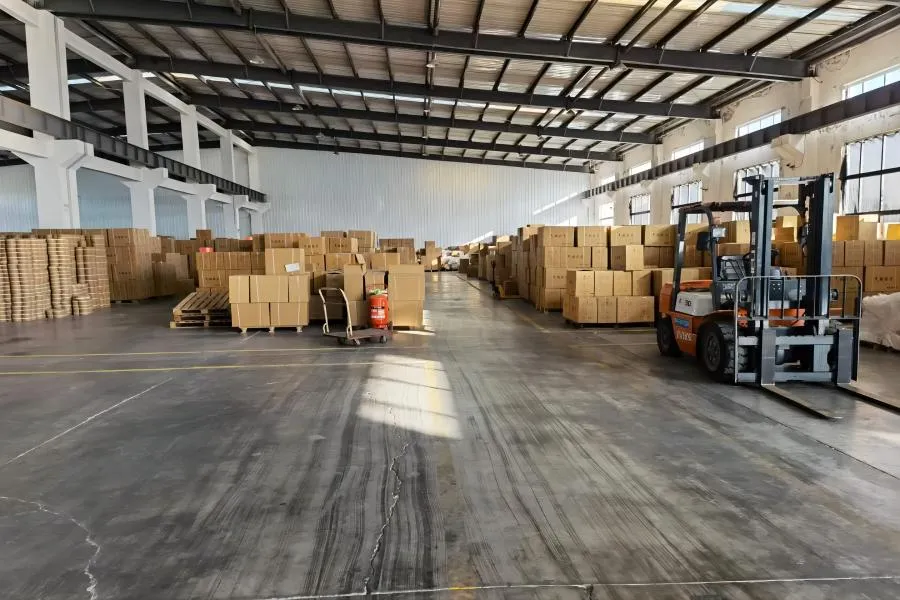Comparing Polyurethane Hoses to Rubber Hoses for Performance and Durability
Comparing Polyurethane Hoses and Rubber Hoses Key Differences and Applications
When it comes to selecting hoses for various industrial applications, the material of choice plays a crucial role in determining performance and durability. Two of the most commonly used materials for hoses are polyurethane and rubber. Each of these materials has its unique advantages and drawbacks, making them suitable for different tasks. In this article, we'll explore the characteristics, benefits, and applications of polyurethane and rubber hoses to help you make an informed decision.
Material Composition
Polyurethane (often abbreviated as PU) is a versatile polymer that exhibits remarkable elasticity, resilience, and durability. It is synthesized through the reaction of polyols and diisocyanates, resulting in a flexible material that can withstand various environmental conditions.
Rubber, on the other hand, is a natural or synthetic polymer that has been used in various forms since the 19th century. Natural rubber comes from the latex of rubber trees, while synthetic rubber is produced from petrochemical processes. Rubber is known for its elasticity and flexibility, but its performance can be affected by factors like temperature and chemical exposure.
Durability and Resistance
One of the primary considerations when choosing a hose material is its durability. Polyurethane hoses are known for their excellent abrasion resistance, allowing them to withstand wear and tear in demanding environments. They also have strong resistance to oil, chemicals, and UV exposure, which makes them suitable for outdoor applications. The flexibility of polyurethane allows it to maintain its form even under extreme conditions, reducing the risk of cracking or splitting.
Rubber hoses, while also durable, may not perform as well against certain chemicals and abrasives. They can be more susceptible to degradation from UV exposure and may not retain their flexibility at very low temperatures. However, rubber hoses are known for their high elasticity and can withstand significant pressure, making them suitable for applications requiring strong performance under stress.
Weight and Flexibility
Weight is another factor where polyurethane hoses have an advantage. They are generally lighter than rubber hoses, translating to easier handling and installation. This lightweight nature does not compromise their flexibility; polyurethane hoses can bend and maneuver around corners without kinking.
Rubber hoses, while flexible, tend to be heavier and may be more challenging to work with, especially in applications where mobility is a concern. However, they have been the traditional choice for many applications due to their effective sealing properties when under pressure.
polyurethane hose vs rubber

Cost-Effectiveness and Lifespan
Cost is a critical factor for many businesses when selecting hoses. Polyurethane hoses may have a higher upfront cost compared to rubber hoses; however, their longevity often offsets the initial expense. In environments where hoses wear out quickly, investing in polyurethane can result in lower overall maintenance costs and less frequent replacements.
Rubber hoses are often cheaper but may have a shorter lifespan in harsh conditions. If the application involves frequent replacement or repair of hoses, the cumulative costs can increase significantly over time.
Applications
Both polyurethane and rubber hoses have a variety of applications.
Polyurethane hoses are widely used in industries such as
- Air and Fluid Transfer Their excellent abrasion resistance makes them perfect for air and fluid transfer applications, including pneumatic tools. - Agriculture They are often used for irrigation and fertilizer application due to their chemical resistance. - Construction Lightweight yet durable, these hoses are used in various construction tasks requiring water and air conveyance.
Rubber hoses, conversely, are commonly found in
- Automotive They are widely used for fuel lines, brake lines, and cooling systems because of their high pressure resistance. - Industrial Applications Rubber hoses are often utilized in environments where flexibility and durability are essential, such as in manufacturing and shipping operations. - HVAC Systems They are frequently used for refrigerants and coolant lines due to their ability to handle varying temperatures.
Conclusion
When choosing between polyurethane and rubber hoses, it’s essential to consider the specific requirements of your application. Polyurethane hoses offer superior durability, chemical resistance, and lightweight flexibility, making them ideal for a range of applications. In contrast, rubber hoses provide excellent elasticity and pressure resistance, making them well-suited for automotive and industrial uses. Ultimately, understanding the unique characteristics and applications of each material can guide you toward the best choice for your needs.
-
Top Quality Oxy Acetylene Hoses for Sale Fit for Welding DemandsNewsJul.28,2025
-
The Future of Pneumatic Air Tubes in IndustryNewsJul.28,2025
-
Superior and Reliable LPG Hose Pipe Solutions for Every NeedNewsJul.28,2025
-
Exceptionally Durable and Versatile Premium Braided PVC TubingNewsJul.28,2025
-
Best Adapters for Connecting Garden Hose to PVC Pipe ConnectionsNewsJul.28,2025
-
The Essential Role of LPG Hoses in Safe and Efficient Gas DistributionNewsJul.16,2025














